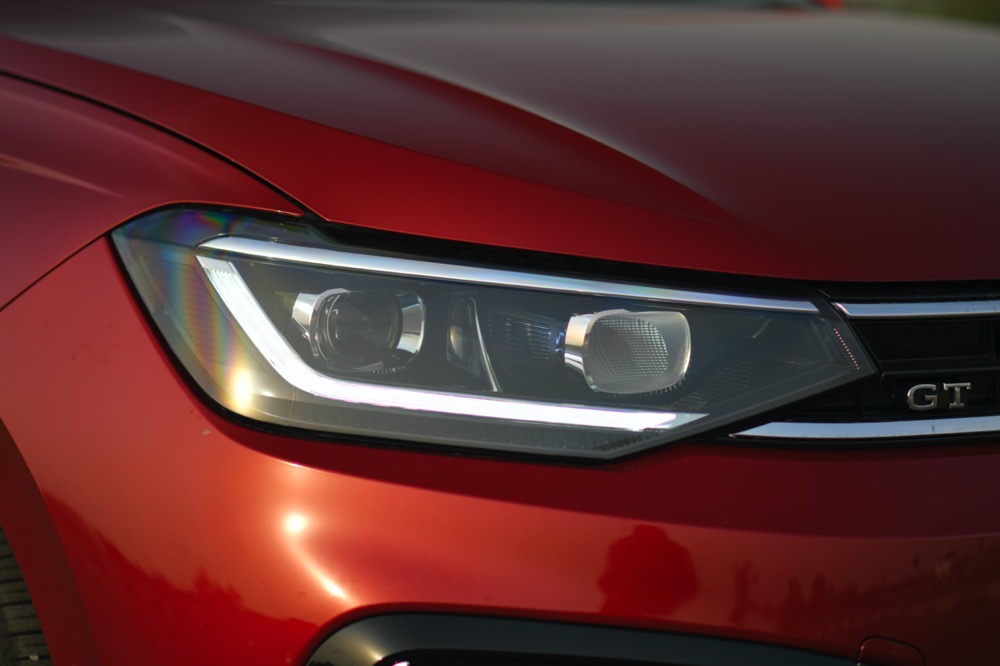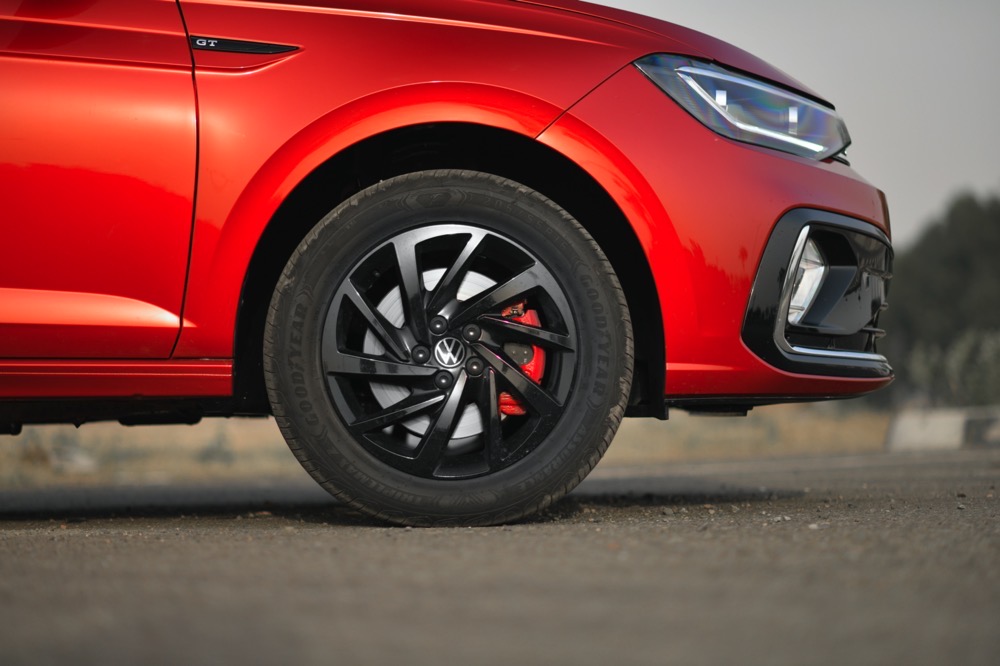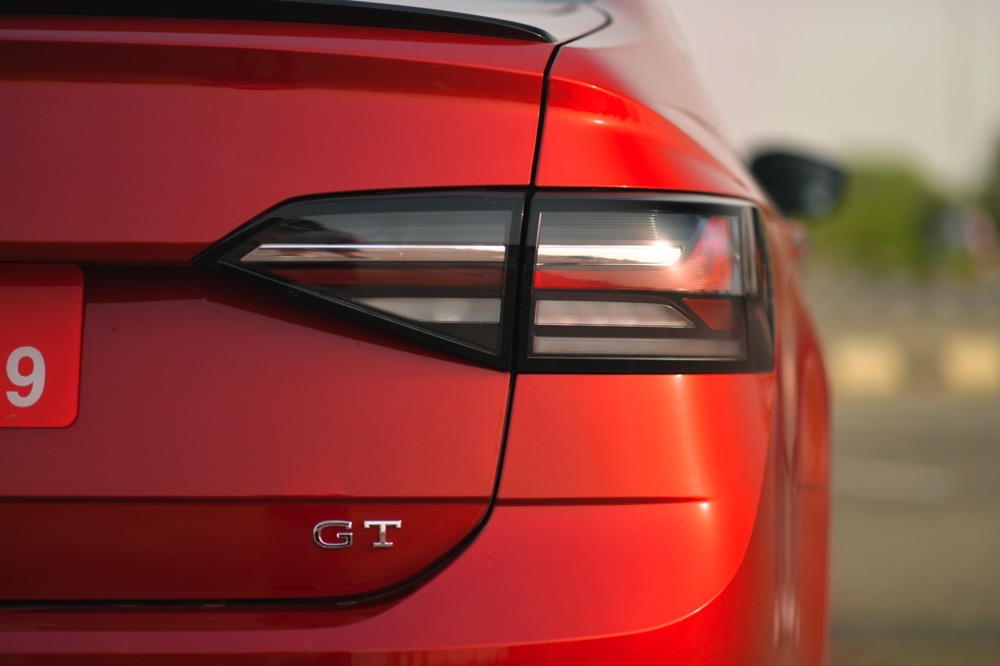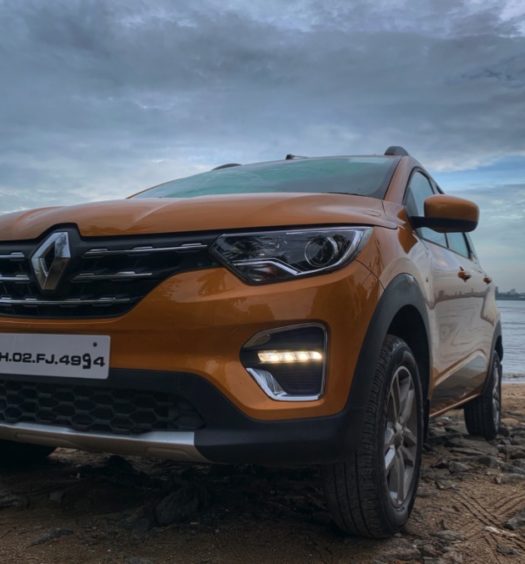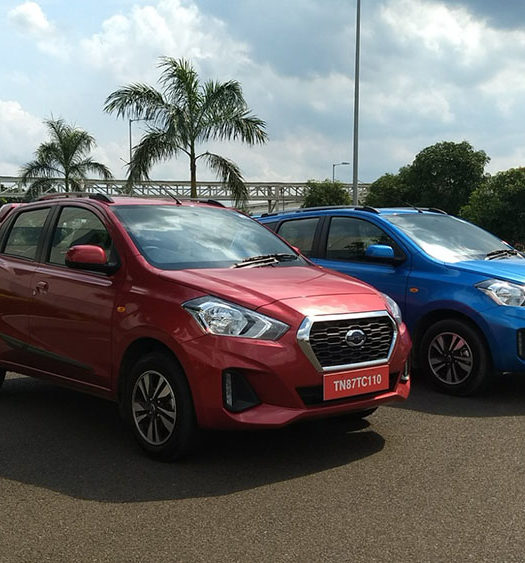Volkswagen is about class, quality and a subtle style statement. Once you experience this, you are a VeeDub fan for life. The new Volkswagen Virtus has a big ask up its hands to better the legacy the Vento has left behind. We drove the the Virtus, which is bigger than Vento, more powerful and tech loaded. But is it enough to go up against the competition like the Honda City, Hyundai Verna and its cousin, the Skoda Slavia? We were in a hot Amritsar to drive this new sedan on city road and open highways. Read on!
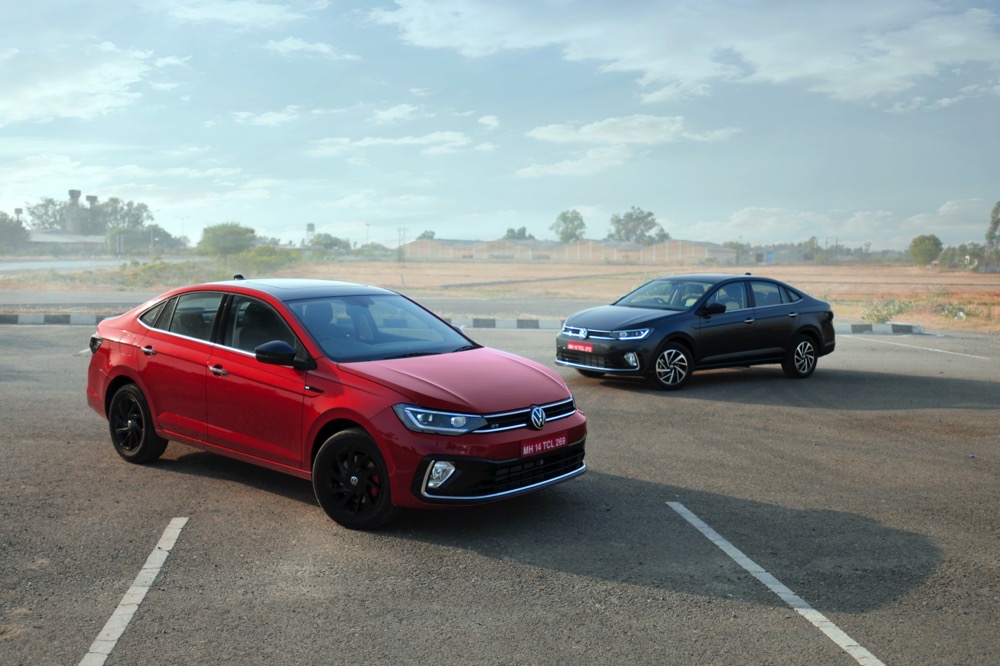
Volkswagen Virtus Exterior
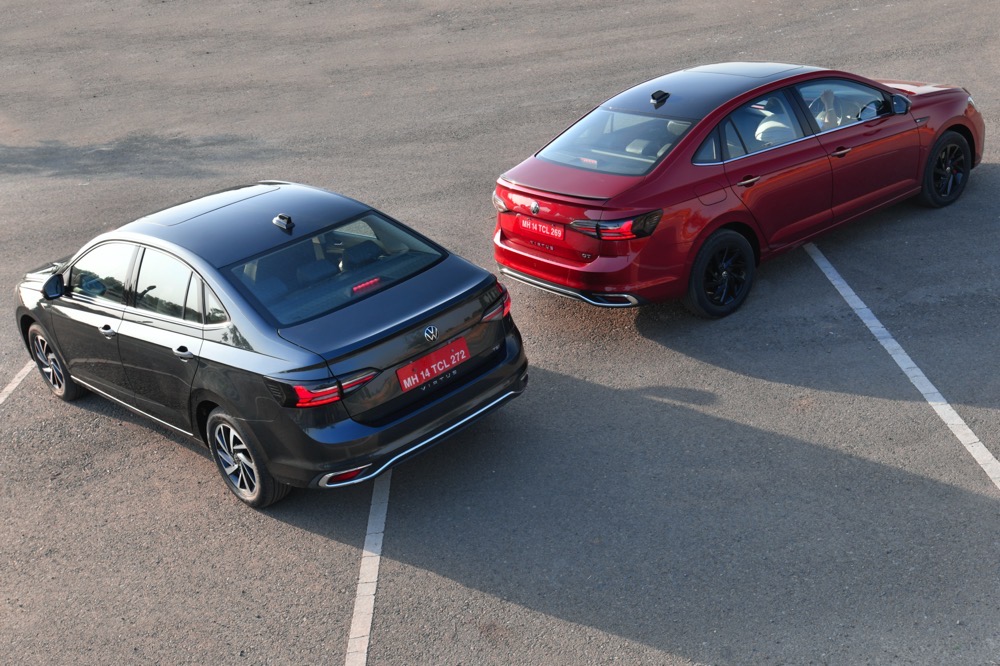
Its difficult to ignore the Virtus, and we saw a lot of heads turn when we drove around. It looks very mature and confident. The front resembles the Jetta and rear has some Audi streaks. Why not? Family trait appearing in the different models is not a bad thing. The LED headlamps with L-shaped DRLs fit seamlessly. 16” alloys are standard on the Virtus. The blacked out LED tail lamps give the rear a very classy look. Black alloy wheels, black roof, lip spoiler, red brake calipers and obviously the GT badges can identify the GT variant. No rear disc brakes though! Full marks to VW for using right amount of chrome. Nothing overdone at all. Dimensionally, the Virtus is not only wider (1752mm) and longer (4561mm) than the Vento, but also more compared to its segment competitors. The Virtus also tops the height and wheelbase charts. We would have preferred a slightly lowered Virtus. The massive 179 mm ground clearance takes away an outright sporty stance from such a good looking car. On the other hand, the high GC helps in tackling our road conditions. The tyre to wheel arch gap is also quite a bit. Overall the Virtus has that understated
